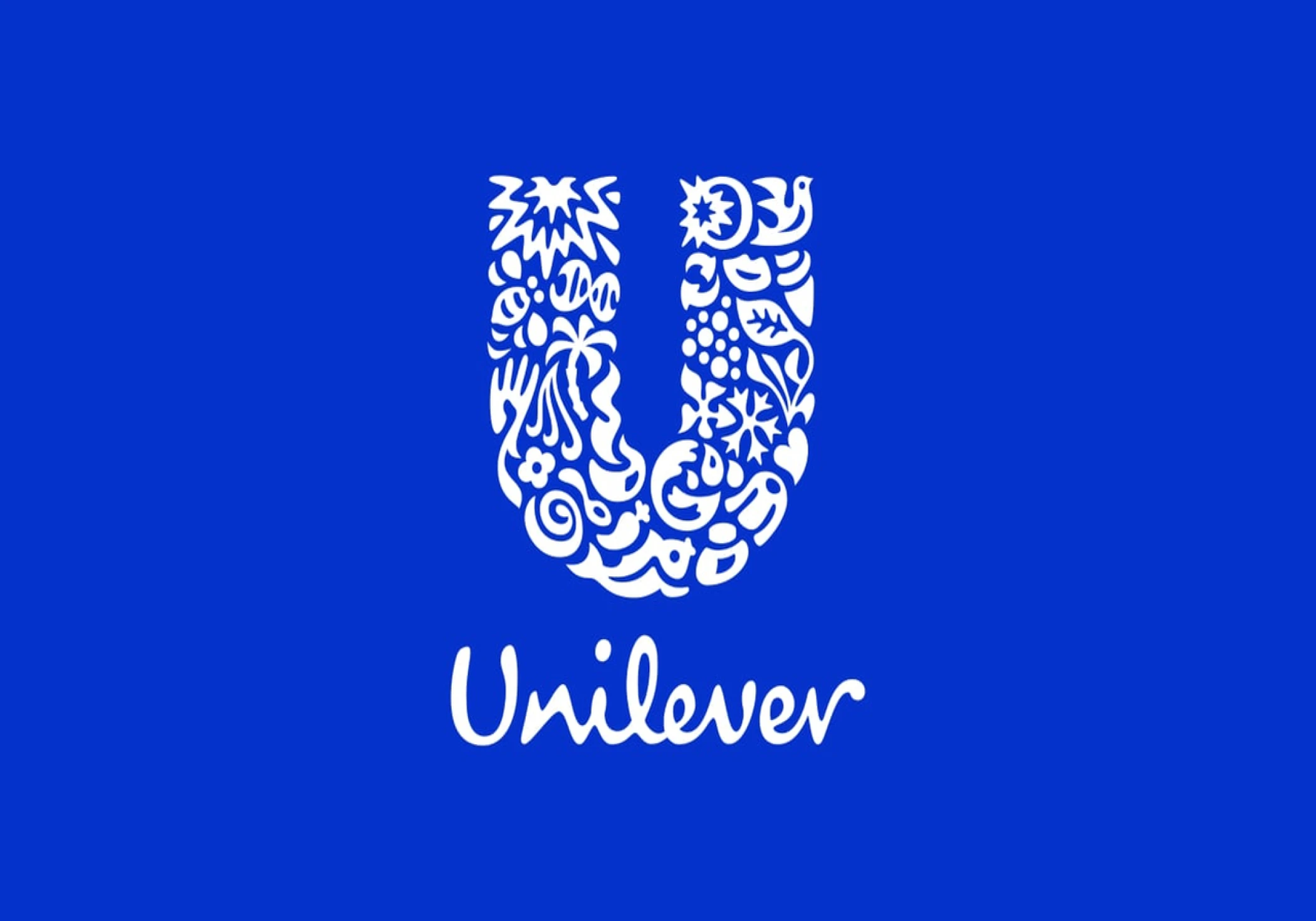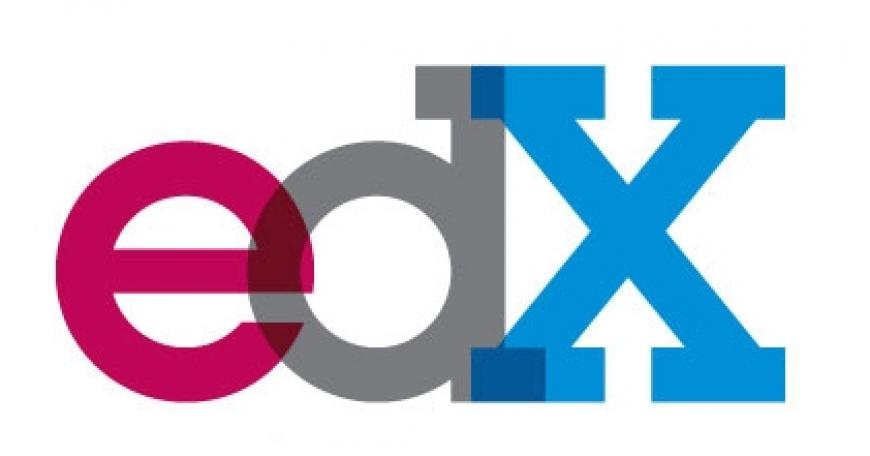Introduction
The modern learner expects clarity, speed, and visual appeal. Static slides and long-form lectures no longer meet that expectation. Educational animation has emerged as a direct response to this shift—transforming how people learn across age groups, industries, and devices.
Research from the Journal of Educational Psychology (2023) confirms that animation enhances learning outcomes by improving concept recall, especially in technical or abstract subjects. When integrated into e-learning modules, animated visuals create stronger cognitive connections and hold learner attention longer. Organizations use animation not just to simplify information, but to deliver it consistently and across geographies.
The following ten case studies examine how leading institutions and enterprises use animation in real instructional settings. These examples go beyond production value. They measure outcomes—reduced training time, improved retention, wider access, and better engagement. Each case explores how the right animation format—whether character-driven, motion graphics, or 3D visualization—can shape learning performance.
2. 10 Case Studies Showing the Power of Educational Animation
Case Study 1: Duolingo – Simplifying Language Learning with Character Animation

Industry: Language Learning / Mobile App
Learning Need: Increase engagement and retention in vocabulary practice
Solution: Character-based 2D animation with gamified feedback
Duolingo uses simple yet expressive character animations to guide users through language drills. These animations are not decorative—they serve as visual feedback mechanisms. Characters cheer, react, or nudge based on user performance, subtly reinforcing progress or encouraging correction.
The company’s internal data (2022) showed a 14% improvement in daily user retention after redesigning several onboarding paths with animation-first learning flows. Learners reported that the visual elements made grammar lessons feel more intuitive and less stressful.
Case Study 2: Tata Consultancy Services (TCS) – Scalable Compliance Training Through Animated Modules

Industry: Enterprise IT / Corporate Training
Learning Need: Train 300,000+ employees on global compliance standards across multiple countries
Solution: Modular explainer videos using motion graphics and scenario-based animation
TCS transformed its compliance training by replacing long-form documents with animated videos. These videos featured real-world scenarios, motion graphics, and voiceovers localized for regional offices. The goal was to make abstract legal guidelines feel relevant and understandable at scale.
According to the TCS Learning & Development team (via internal benchmarking), animated modules led to a 30% decrease in training time per employee and a 45% increase in assessment scores compared to the text-based LMS modules they replaced.
Case Study 3: BYJU’S – Visualizing STEM Concepts for K–12 Learners
Industry: K–12 Education / EdTech
Learning Need: Improve comprehension of science and math concepts among middle and high school students
Solution: 2D and 3D animation to demonstrate real-world applications of STEM topics
BYJU’S integrates animated video lessons into its curriculum to explain complex STEM subjects like physics, chemistry, and algebra. The visual approach helps break down abstract theories into familiar, real-life scenarios. For example, concepts like Bernoulli’s Principle or the Pythagorean theorem are demonstrated using animated simulations rather than textbook diagrams.
A 2023 impact study published by the EdTech Review showed that students who engaged with BYJU’S animation-supported modules performed 18–22% better in concept application tests compared to those who used traditional learning methods.
Case Study 4: Unilever – Product Training Using Interactive Motion Graphics

Industry: FMCG / Corporate Training
Learning Need: Train sales and marketing staff across regions on product features and customer positioning
Solution: Interactive motion graphics modules hosted on internal LMS
Unilever faced the challenge of keeping product training consistent across countries. Instead of conventional presentations, they built short-form animated videos with motion graphics to explain features, benefits, and market comparisons of newly launched products. These videos were embedded in learning paths with interactivity at key checkpoints.
Their internal data showed a 25% improvement in product pitch accuracy among field staff within the first quarter of rollout. Feedback also indicated stronger recall and reduced dependency on printed manuals.
Case Study 5: Khan Academy – Microlearning Through Animated Whiteboard Explainers

Industry: Nonprofit / Global Online Education
Learning Need: Deliver accessible, modular instruction to global learners with varied language proficiency
Solution: Animated whiteboard-style videos with voiceovers and step-by-step breakdowns
Khan Academy has become synonymous with animation-powered learning. Their instructional model relies on whiteboard animations where concepts are drawn and explained in real-time. This format aligns well with microlearning—providing digestible lessons in under 10 minutes.
A longitudinal analysis by the Stanford Center for Assessment found that high school students using Khan’s animated modules consistently outperformed control groups in foundational math tests by 15% over two semesters.
Case Study 6: Deloitte – Onboarding Consultants with Branded Animated Scenarios

Industry: Professional Services / Corporate L&D
Learning Need: Standardize onboarding for new consultants across global offices
Solution: Animated scenario-based modules simulating client interactions and workplace ethics
Deloitte developed a series of animated onboarding modules that simulate real client conversations, professional dilemmas, and day-to-day consulting challenges. These animated scenarios reflect the tone and pace of actual projects, helping new hires quickly grasp expectations and workflows.
An internal audit from Deloitte’s global talent team showed that teams using the animated onboarding pathway reported 40% faster ramp-up time and higher confidence ratings among new employees during the first 60 days.
Case Study 7: World Health Organization (WHO) – Health Education Campaigns in Low-Literacy Regions
Industry: Public Health / Nonprofit
Learning Need: Communicate critical health guidelines in rural regions with low literacy
Solution: 2D animated videos with character-driven stories in multiple regional languages
To increase awareness about hygiene and disease prevention, WHO partnered with regional animation teams to produce culturally relevant, character-based animations. These were distributed through mobile apps, WhatsApp forwards, and even community screenings. Follow-up surveys in pilot regions showed a 60% improvement in awareness levels, with local healthcare workers reporting increased community participation in hygiene programs.
Case Study 8: IBM – Cybersecurity Training via Simulation-Based Animation

Industry: IT / Cybersecurity
Learning Need: Educate employees about phishing, ransomware, and data security through immersive content
Solution: Animated simulations with branching scenarios and realistic threat models
IBM created a series of animated cybersecurity training modules built as branching simulations. Users navigated story-driven scenarios where decisions impacted the outcome, mimicking real security threats.
Post-training assessments across departments revealed a 55% reduction in phishing link clicks and a measurable increase in self-reporting of suspicious emails within the first 90 days of implementation.
Case Study 9: edX & MIT – Teaching Complex Math via Instructional 3D Animation

Industry: Higher Education / MOOCs
Learning Need: Make abstract mathematical and engineering concepts visually digestible for global learners
Solution: 3D visualization and process-based animation embedded in advanced MOOC courses
edX, in collaboration with MIT faculty, used 3D instructional animations in courses like multivariable calculus and electrical engineering. These visuals made use of motion paths, layered grids, and morphing shapes to illustrate the logic behind complex formulas.
Course reviews highlighted a 27% increase in concept comprehension scores, particularly among non-native English speakers and first-time MOOC users.
Case Study 10: Regional EdTech Startup – Scaling in Multilingual Markets Using Animation
Industry: EdTech / Regional Language Learning
Learning Need: Create scalable, low-cost content for learners in Tier II & III cities
Solution: Animated explainer modules in five Indian languages with voiceover variants
A regional Indian EdTech firm scaled its reach by using animation to deliver the same curriculum across English, Hindi, Bengali, Tamil, and Marathi. Instead of live lectures, the company developed voice-synced animated explainers hosted on their LMS and distributed via YouTube and mobile apps.
This localization strategy helped them expand from 15,000 to over 150,000 active users within 12 months, particularly in under-resourced school districts.
3. Animation in E-Learning: Format vs Function
Animation is not one-size-fits-all. The choice of format must align with the learning objective, audience type, and budget parameters. Below is a comparative breakdown of the most widely used animation styles in e-learning today—and when each works best.
| Format | Best For | Strengths | Considerations |
| 2D Explainer | Product walkthroughs, concept demos | Simple, clear, fast to produce | Limited depth for technical subjects |
| Whiteboard Animation | Step-by-step processes, microlearning | Cost-effective, high retention | Less engaging for visual-heavy content |
| Motion Graphics | Corporate training, abstract ideas | Clean, professional, brand-aligned | Requires graphic consistency |
| 3D Modeling | Engineering, STEM, spatial learning | Depth, realism, immersive visuals | Higher production time and cost |
| Avatar-Based Learning | Onboarding, simulation-based modules | Personalization, relatability | Works best with voiceovers and LMS tracking |
How Formats Align with LMS and Learning Journeys
Modern LMS platforms now support SCORM, xAPI, and interactive video layers, allowing animated content to be embedded with quizzes, checkpoints, and branching logic. This enables:
- Progress tracking within animated modules
- Multi-language switching
- Feedback loops inside the video experience
As learning moves toward microlearning and mobile-first delivery, formats like motion graphics and whiteboard animation remain widely preferred for their clarity and adaptability.
4. Conclusion
The ten case studies shared in this blog demonstrate one thing clearly—educational animation delivers measurable results across industries. It drives better engagement, increases retention, reduces training time, and scales content across regions and languages. As organizations expand remote learning, animation offers a stable, scalable format that keeps content consistent and aligned with evolving learner needs. At the same time professional animation agencies help it adapt well to budget variations, integrate with LMS environments, and support everything from soft-skills training to technical onboarding. Animation should not be treated as a one-time creative upgrade. It should be built into the instructional design strategy from the start. When planned with the learner in mind, animation becomes more than visual support—it becomes the vehicle for meaningful learning outcomes.
FAQs
Q1. What is educational animation and how is it used in e-learning?
A: Educational animation refers to animated visuals designed to teach, explain, or demonstrate concepts in a learning context. It’s used in e-learning to simplify complex ideas, increase engagement, and improve content retention—especially in subjects like STEM, compliance, onboarding, and language learning.
Q2. Which animation format is best for corporate training?
A: For corporate training, motion graphics and scenario-based 2D animation work well. These formats allow clarity, brand alignment, and the integration of real-world workplace examples. They’re also easy to adapt across geographies and business units.
Q3. How does animation improve knowledge retention compared to traditional methods?
A: Animation leverages dual coding theory—engaging both visual and auditory learning channels—which makes information more memorable. Studies show that learners retain up to 40% more when lessons include well-designed animated visuals.

By day I create engaging content along with infusing high-volume, low-competition keywords strategically so that it gets loved by you and Google Crawler. Off the clock? I scroll for fresh ideas. (Don’t judge, gotta fuel the creativity!)

